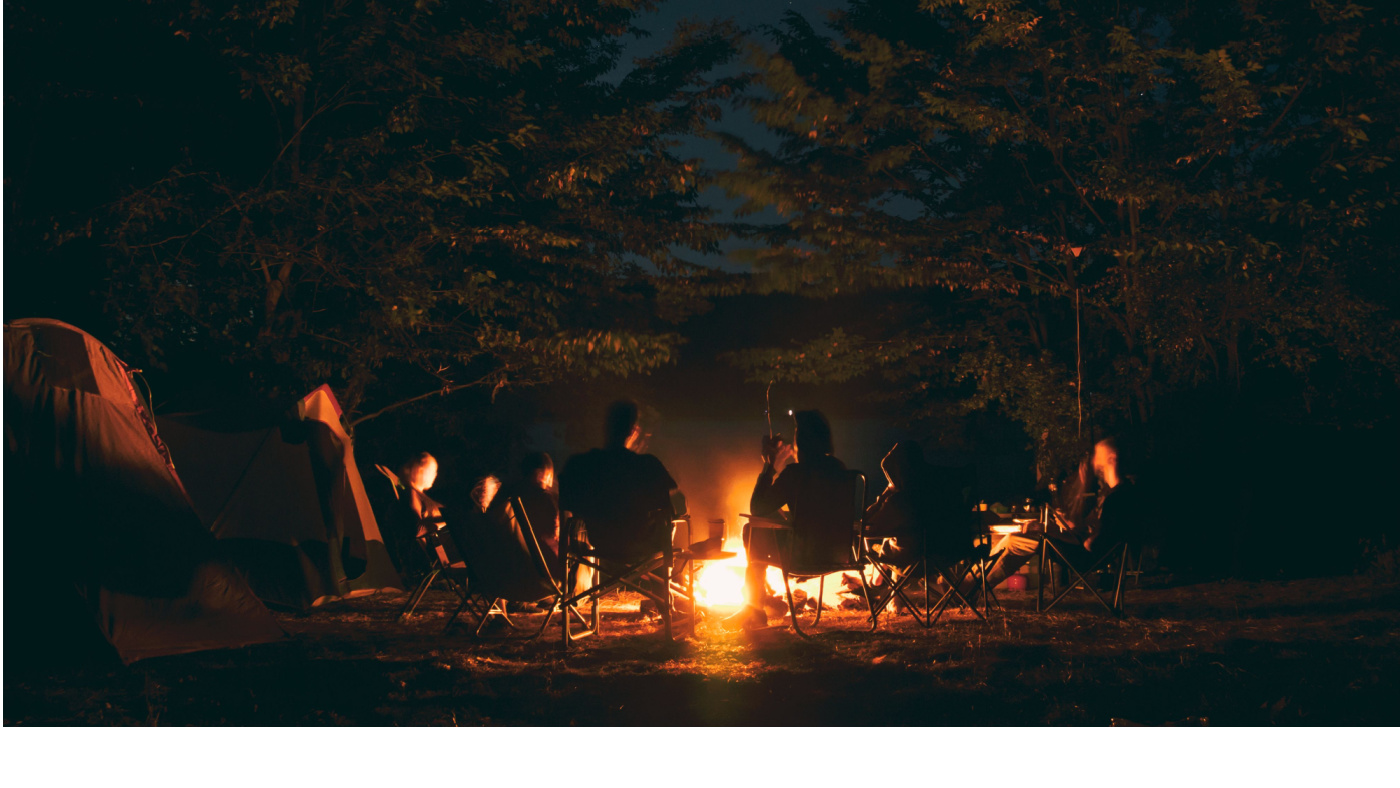- Back in the spring, we talked about residents being careful when burning in order to help avoid wildfires. We also shared tips in preparing for a burn.
- That message is even more important in the fall since our state sees more wildfires in October through early December.
- Some of that could be attributed to people being outside more in those months and engaging in activities that involve fires, such as camping, backyard burning and tailgating.
- It’s important to tend to any fires you start, because they can get out of hand very quickly.
- In 2022, there were nearly 6,400 wildfires that burned more than 24,000 acres in North Carolina. 99% of those were determined to be human caused.
- One of the most important reasons to pay attention is that North Carolina has a large number of acres and housing that falls in area where undeveloped wildlands and residential or human development intersect.
- Technically, the Forest Service refers to that as Wildland Urban Interface.
- As of 2020, there are roughly 2.25 million homes and more than half of North Carolina’s residents live in WUI areas.
- With more development and population growth, we’ll have more people actively living and recreating in areas where homes and forest and woodlands meet.
- And where we have increased human activity, we tend to see more wildfires.
- If you do plan to burn, be sure you have a plan in case your fire escapes.
- Here are a few tips to keep in mind:
- Get a burn permit from a N.C. Forest Service office or authorized permitting agent.
- Check the weather and don’t burn on windy days.
- Keep your fire small, not tall.
- Again, have a plan AND materials handy if your fire escapes. Water hose, bucket, steel rake and shovel.
- Keep a phone nearby.
- Thoroughly douse campfire and charcoal briquettes with water to ensure they are completely out. Soak all embers, not just the red ones.
- Stay with any fire until it is completely out.
- We all have to do our part to prevent forest fires and keep one another safe. Thank you for doing your part.


